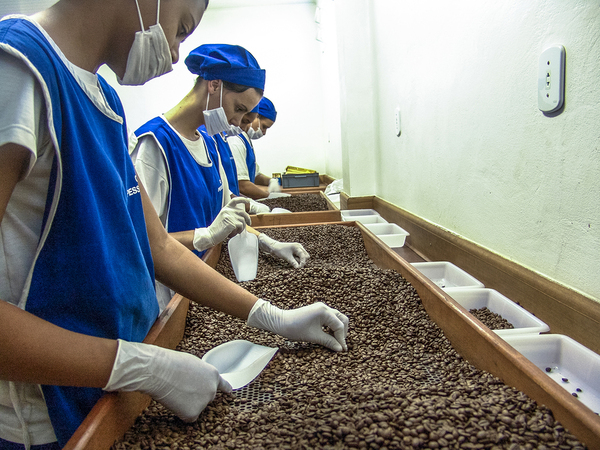
Agriculture companies today have customers that expect transparency in the products they buy. That means sharing the ingredients, sources, and processes being used at each stage of production.
Lot tracking is a critical part of agricultural production today. Lot traceability provides a detailed history of each component of your food production and is essential for managing each batch, lot and unit.
Managing that complexity requires a sophisticated Enterprise Resource Planning (ERP) solution that helps track, monitor and report on lot traceability. Here’s a look at lot traceability in agriculture and why it’s a critical ERP component.
Defining lot traceability
Lot traceability allows for tracking throughout the supply chain, in multiple production locations and is an important component of new federal food safety guidelines in the Food and Drug Administration’s Food Safety Modernization Act (FSMA).
Lot traceability can include many components, including:
- Supply chain segments, including suppliers, distributors, wholesalers, and retailers
- Materials and ingredients used
- Equipment and processes used
- Packaging and labeling
Typically, RFID and barcode solutions are used within food production facilities to track various lot components.

Why lot traceability is necessary
Lot traceability is an important consideration for businesses and regulators when there is a need for a product recall. With sound lot tracking practices in play, companies can quickly identify the dates, times, locations, ingredients and finished goods that need to be recalled. Lot traceability helps companies deliver information that is more precise to consumers and the public. It also helps remove affected products faster and identify the causes of contamination.
The right food ERP can make it easier for regulators, public health officials, manufacturers, and consumers to understand and respond.
Lot traceability has applications that are far less dire. For example, precise lot tracking in an ERP solution can provide other benefits, including:
- Product Performance. Lot tracking helps you assess the costs and efficacy of different seed varieties or growing conditions.
- Product Visibility. Lot tracing gives you better insights at each stage of product migration, from growing to shipping to distribution. Digital visibility lets you collect and analyze information in real-time throughout a product’s journey.
- Inventory Management. Lot traceability gives you a clear sense as to what ingredients are used and when, allowing for better inventory control, expiration management, and space optimization.
- Supplier Management. With lot traceability, you’ll have a clearer understanding of your suppliers and data that can be used to improve supplier relationships. You can use collected data to refine orders, negotiate better deals and request special considerations.
- Automation and efficiency. Tools integrated within your food ERP help create more efficient production processes using automation, artificial intelligence, Big Data and Internet of Things technologies.
Selecting the right ERP
Sage X3 is the leading provider of food ERP solutions that provide for comprehensive and compliant lot traceability. NexTec is the business software consultancy firm that helps you optimize your food ERP to get the most out of your technology investment.
See one example of how NexTec and Sage X3 helped Nichols Farms improve efficiency, accountability, and outcomes. To learn more, see how NexTec can tailor your Sage X3 to your needs.

